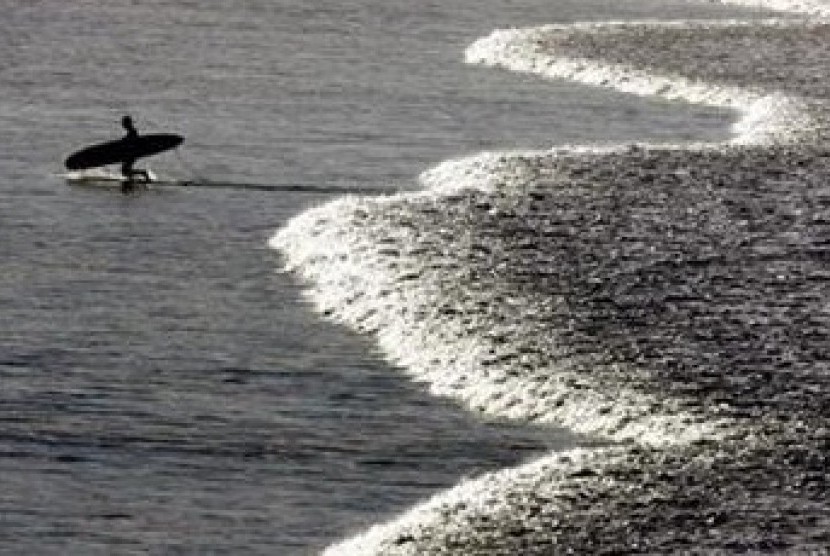REPUBLIKA.CO.ID, SYDNEY -- Sea levels will continue to rise in the Pacific Ocean off the coasts of the Philippines and northeastern Australia as humans continue to alter the climate, a new study on Wednesday revealed.
Researchers combined past sea level data gathered from satellite and traditional tide gauges to find out how much a naturally occurring climate phenomenon called the Pacific Decadal Oscillation (PDO), influences sea rise patterns in the Pacific.
The PDO is a temperature pattern in the Pacific Ocean which lasts roughly 20 to 30 years and contributes significantly to sea level trends.
The research team performed sea level reconstructions going back to 1950 by fitting patterns of satellite and tide gauge data, then they stripped away the effects of the PDO to better understand its influence on current sea level increases in the Pacific.
"The conventional wisdom has been that if the PDO was removed from the equation this sea level rise in parts of the Pacific would disappear," said lead study author Assistant Professor Benjamin Hamlington from Colorado University on the university's website.
"But we found that sea level rises off the coasts of the Philippines and northeastern Australia appear to be anthropogenic (human-caused) and would continue even without this oscillation."
The team estimated that areas of the ocean near the Philippines and northeast Australia are rising about 1 centimeter per year due to human-caused warming.
Although global sea level patterns are not geographically uniform - sea level rises in some areas correlate with sea level falls in other areas - the average current global sea level rise is roughly 3 millimeters per year.
Some scientists are estimating global seas may rise by a meter or more by the end of the century as a result of greenhouse warming, the researchers said.
The new study shows that scientists may be able to look at other regions of the world's oceans and extract the natural climate variability in order to measure human-caused effects, Hamlington said.
"This kind of research may start revealing patterns that we might not expect," he said.



